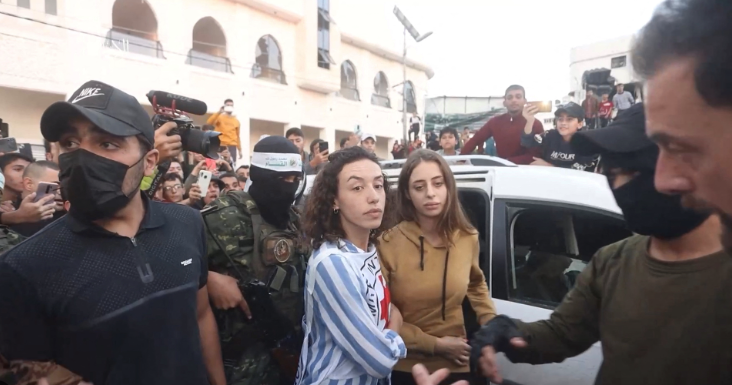In a startling revelation that has sent ripples through global military circles, newly uncovered documents have shed light on Hamas’ sophisticated tunnel warfare strategies. The clandestine nature of these tactics showcases a level of ingenuity and tenacity that has both alarmed and captivated conflict analysts worldwide.
Unearthing the Hidden Tactics
For years, the labyrinthine network of tunnels beneath Gaza has been a focal point of strategic concern. These passages, shrouded in mystery, have long been suspected to serve as both hideouts and conduits for weapon smuggling. Now, newly released documents revealed by The New York Times on September 2, 2024, provide a comprehensive look into the inner workings of Hamas’ underground operations.
The documents detail a multi-layered approach to tunnel warfare, with an emphasis on enhancing combat tactics, fortifying structures, and ensuring uninterrupted communication lines. Hamas has meticulously designed these subterranean routes to avoid detection and facilitate rapid, covert movements.

The Strategic Innovations
The sophistication of Hamas’ tunnel network lies in several key innovations:
Enhanced Structural Integrity
The documents reveal that Hamas has invested significantly in reinforcing tunnel walls and ceilings with sophisticated engineering techniques. This not only prevents collapses but also makes it harder for aerial bombardments to cause significant damage.
- Use of advanced construction materials: Specialized concrete blends and durable supports.
- Integrated ventilation systems: Ensures a constant flow of air, allowing for extended stays underground.
Advanced Camouflage Techniques
One of the most notable aspects is the use of cutting-edge camouflage methods. Entrances to tunnels are often hidden under everyday objects or landscapes that blend seamlessly into the urban or rural scenery.
- Disguised entry points: Hidden beneath residential buildings, agricultural land, and even mosques.
- Multi-layered decoys: Fake entrances to mislead and distract enemy forces.
Psychological Warfare
The documents also highlight the psychological component of tunnel warfare. The mere existence of these tunnels creates an omnipresent threat, instilling a sense of vulnerability and unpredictability in adversaries.
- **Surprise attacks:** Correlate with the unsettling nature of sudden engagements emerging from underground.
- **Psychological strain:** Constant fear of hidden threats undermining enemy morale.
Global Reactions and Implications
The disclosure of these documents has garnered varied reactions across the globe. Military experts are keenly analyzing the tactical implications of Hamas’ strategies. There is a consensus that these methods will necessitate a recalibration of existing counter-insurgency measures.
Governments and defense organizations worldwide are keenly aware of the need to **enhance their tunnel detection and destruction technologies**. The use of ground-penetrating radar, unmanned aerial vehicles (UAVs), and thermal imaging are expected to play more significant roles in modern warfare strategies.
Challenges Ahead
While the innovative nature of Hamas’ tunnel strategies presents a formidable challenge, it has also sparked a renewed emphasis on **technological advancement and creative problem-solving** within military circles. The ongoing cat-and-mouse game between tunnel constructors and tunnel detectors is set to innovate further, leading to advancements in both fields.
A Look Forward
As the global community digests these revelations, a picture emerges of a more complex and unpredictable future for conflict zones around the world. The ingenuity displayed by Hamas may well serve as both a **cautionary tale and an inspiration for defensive innovations**.
Ultimately, while the specter of underground warfare looms large, it also highlights humanity’s relentless drive for innovation – even in the realms of conflict. This latest twist in the narrative of global security serves as a reminder of the ever-evolving nature of warfare and the constant need for vigilance, creativity, and adaptability.
While the revelation of Hamas’ tunnel warfare strategies underscores a new level of threat complexity, it also galvanizes the global community towards greater cooperation and technological advancement. And perhaps, amidst these challenges, there’s room for optimism. Every hurdle surmounted in the name of defense innovation bears the promise of a safer, more secure future for all.